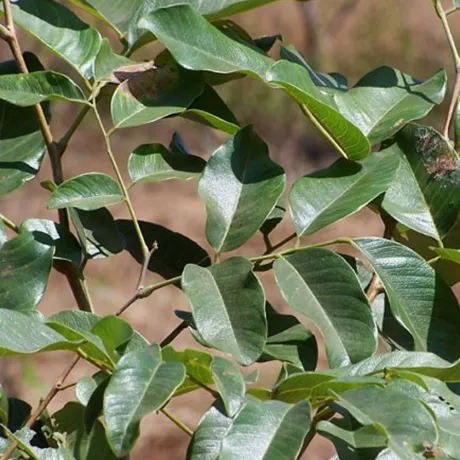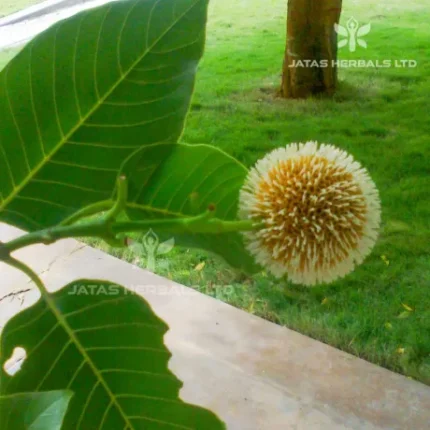Among Brihat Trayi Sushruta used it ighantuy. It is described with the names Priyaka in C.S.Su.25/40 & S.S. Ut. 47/61. Some consider it as the synonym of Kadamba. During the Nighantu period its utility has increased and at present it is considered as one of the potent anti-diabetic drugs of herbal origin.
Botanical Description – It is a tree which attains a height of 15 metres and possesses yellow flowers. It grows in almost all the forests in India.
Major Chemical Constituents– Pterocarpol, marsupol, marsupin, carpusin (marsupsin), (-) epicatechin, propterol, pterosupin, marsupinol, lupeol.
Part Used– Heart-wood
Dosage– Decoction 50-100ml; powder 3-6 g.
Research–
(1) Extract of heartwood showed significant hypogly-caemic action in fasting rabbits 3 and 5 hrs. after oral administration (I.J.M.R., 1967,55,166).
(2) Alcoholic extract of stem significantly lowered blood sugar and improved glucose tolerance of rabbits (J. Res. Ind. Med. 1971, 6, 205).
(3) (-) Epicatechin, when given before or within 24 hrs after alloxan, reversed hyperglycaemia in alloxan-diabetic rats (J.Nat. Prod. 1983, 46, 232).
(4) (-) epicatechin showed positive chronotropic and intropic effects on isolated frog heart which were blocked by propranol. In higher dose it caused hyperglycaemia in rats and this effect was also blocked by propranol (Planta Med. 1985, 51, 56).
(5) Administration of ethyl acetate extract for 14 consecutive days to rats produced significant reduction in levels of serum TGs, total cholesterol, and LDL- and VLDL- cholesterol without any significant effect on level of HDL-cholesterol (J.Nat.Prod. 1993, 56, 989).
(6) A flexible dose open trial was undertaken in four centres in India to evaluate the efficacy of an Ayurvedic drug Vijayasar (P. marsupium) in the treatment of newly-diagnosed or untreated NIDDM. By 12th week, control of blood sugar (FBS & PPBS) had been attained in 67 (69%) out of 97 potients studied, and the dose at which control was attained was 2 g of the extract in about 73% of the potients, 3 g in about 16% and 4 g in 10% of the patents. Mean HbA1c decreased significantly (P<0.001) to 9.4%; no side-effects were reported (Seshiah, V. Sundaram et al., 1998).




Reviews
There are no reviews yet.